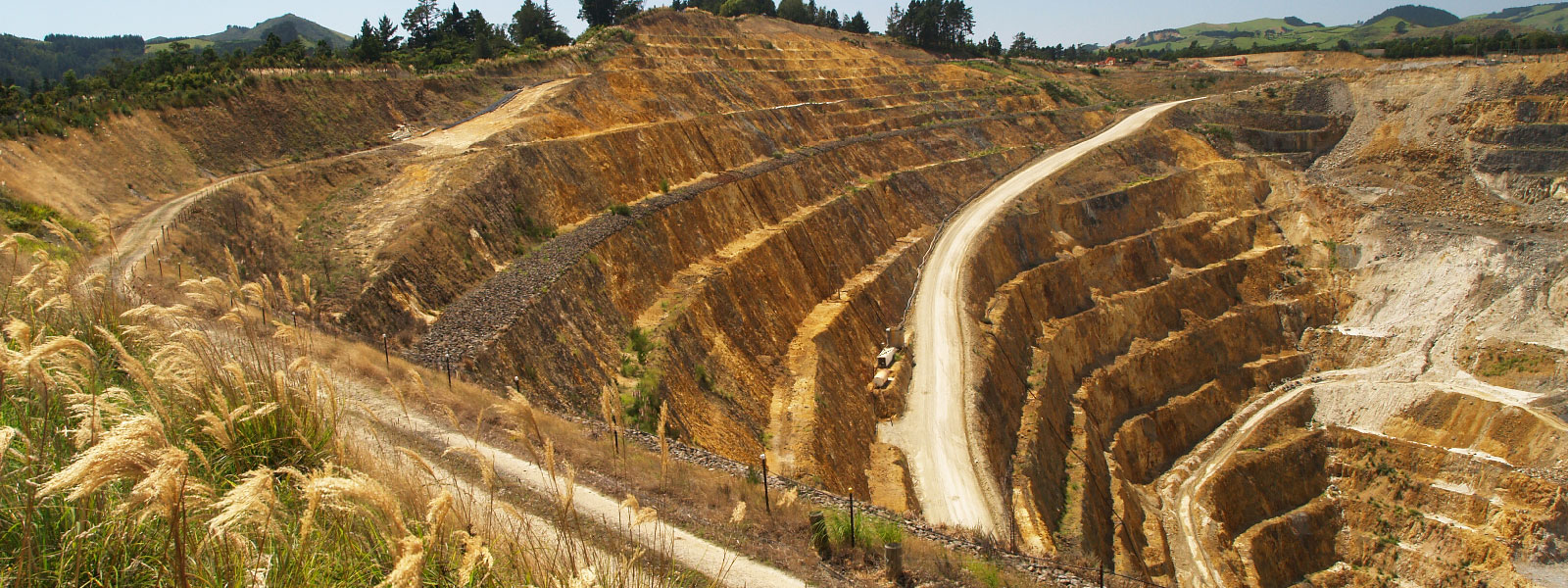Shifting the paradigm of mine relinquishment

Rethinking post-mining solutions that deliver valuable social, economic and environmental outcomes
Mining has been a critical industry for the Australian economy throughout its history, yet there have been few successful examples of mine relinquishment to date. The country is rapidly facing an increase in the rate of mines approaching end-of-life. What’s more, much of the consideration of mine closure in Australia has rarely moved beyond the basic expectation of making the land ‘safe and stable’ and returning it to its original condition or former land use. However, there are many opportunities for approaching closure in innovative ways that can generate greater productivity and value for communities and investors in the long term.
Isn’t it time to find sustainable post-mining solutions that not only offer mine owners alternatives to managing sites in perpetuity, but also deliver valuable social, economic and environmental outcomes?
The keys to shifting the paradigm of mine closure planning lie in understanding the inherent value of the mining site, tapping into regional development planning to identify repurposing opportunities, engaging a broader range of stakeholders, pursuing collaboration opportunities and actively seeking novel commercial and liability transfer models.
What is the intrinsic value of your site?
Much of the answer to the challenges of mine relinquishment is in embracing the inherent value of the asset. However, to understand the site’s core value, we must fully understand the site characteristics, the land capability, potentially available post closure infrastructure, and the full picture of current and ongoing risk and liability.
Bringing together all available data can be challenging. With the decades-long life of a mine often spanning multiple human generations, there may be significant knowledge gaps. Often, the key risks lie in the characterisation of groundwater and mining-related materials. Do you know as much about your waste as your ore? Do you understand the nature of your pit lake? Can you find alternative options for dealing with your waste and landforms that will extract a value from them?
Access to land and water are key resources, and constraints, for any future land use. By understanding the characteristics of your asset, you can adjust your closure objectives and strategies to enhance the capability and suitability of the land for future use. With the ability to create required landforms, repurpose infrastructure and retain key services such as power, water and communications, it is possible to realise and even enhance the intrinsic value of your asset.
What post-mining initiatives could be possible in your region?
Rehabilitating a site to its former state or returning it to its previous use (often pastoral or grazing) may not be as beneficial to a local community as identifying new opportunities for ‘repurposing’ disturbed or cleared land to maximise the productivity potential of the land and create local economic activity and job opportunities. How can we think beyond in-perpetuity management as being our only option? This is the time for innovative thinking about post-mining land uses that tap into the identified intrinsic value.
Consider engaging with the regional development frameworks that will already be exploring ways to best manage population growth and meet the needs of the future in your region. Many of these frameworks support the development of mining but also the advancement of a range of diverse activities to make these regions more sustainable – such as irrigated agriculture, renewable energy and tourism. These alternative productive land uses are already being implemented successfully at several Australian mine sites. Future options could also include carbon farming or opportunities in the space industry. How do the characteristics and intrinsic value of your asset align with the requirements of these possible land uses?
Are you engaging with the right stakeholders?
A successful post-mining outcome will always depend on identifying and engaging with the appropriate stakeholders – but who are they? It is useful to characterise stakeholder groups from the perspectives of interest and influence.
While mining companies commonly engage with regulators, land owners and community members regarding mine closure, the mining industry will benefit from extending this sphere of engagement to include tapping into other networks of influence such as investors, venture capitalists, developers and groups seeking new development opportunities. These potential stakeholders will have their own budgets and strategies which could offset closure costs, risks and liabilities.
When it comes to closure planning, are you engaging with the planning authorities who are responsible for developing regional planning frameworks? Are you also talking with your neighbouring mining companies, with whom there may be a range of opportunities for collaboration? Some repurposing opportunities may require a scale beyond an individual site but could be viable if incorporating multiple sites.
Are there opportunities for novel commercial and liability transfer models?
Repurposing or relinquishing a mine site will always carry some residual risk. However, there are ways in which risk can be managed, minimised, and transferred. These have not yet been widely used in the mining industry. How could such liability transfer instruments facilitate, or even benefit, the repurposing of your asset?
Asset liability transfer requires a legal entity (investor), a plan for site transition and handover, demonstrated competency to manage issues and funding underwritten by insurance. Where repurposing is possible, the transfer of responsibility can be passed to the next land user and may be managed and regulated under different legislation. This will, however, require a shift in our existing paradigm of asset closure and risk.
The time to shift our thinking about what might lie beyond the life of a mine operation is now. There are many opportunities available to embrace and maximise the intrinsic value of a mining site through repurposing, and to develop new perspectives on relinquishment. Over the next decade, we can expect to see many new examples of successful repurposing, and the industry will benefit from a range of research flowing from bodies such as the Cooperative Resource Centre for Transformations in Mining Economies.
With leadership and collaboration across both industry and governments, the mining industry is poised to identify and implement valuable post-mining scenarios that reduce risk, enhance social licence and reputation, and create new, productive and sustainable opportunities for Australian communities.
About the author
Darren Murphy is a Principal Consultant and Mine Closure Lead (APAC) at Golder, based in Perth, Australia. He is a recognised industry leader in the management of mine and asset closure studies with more than 30 years’ experience in Australia and overseas.
